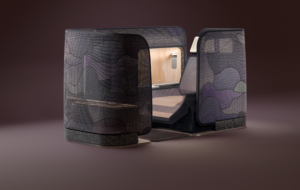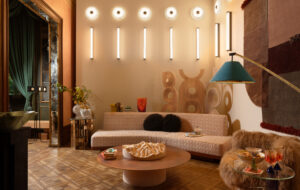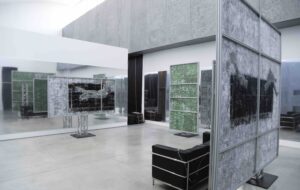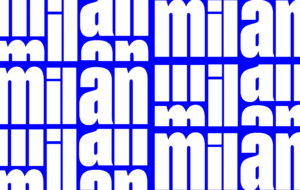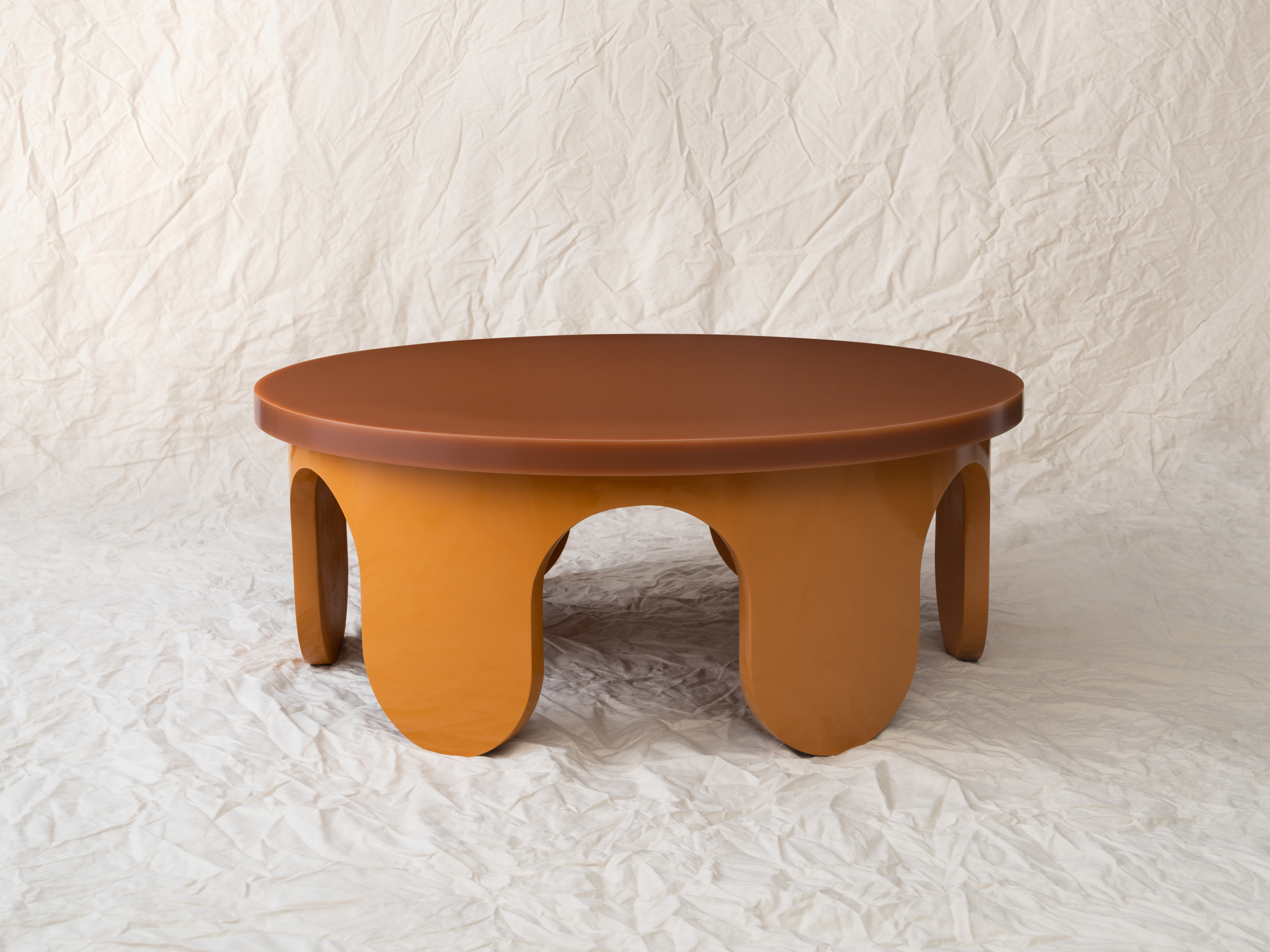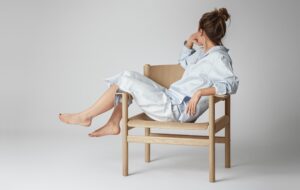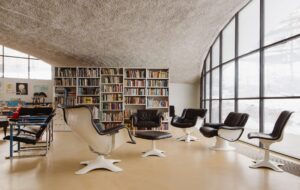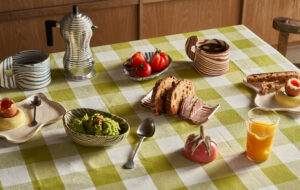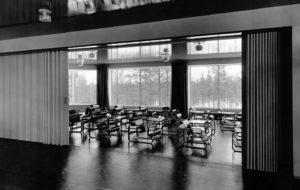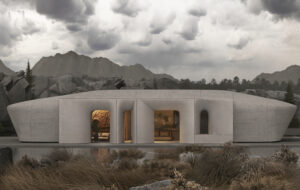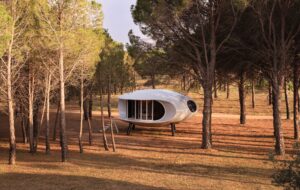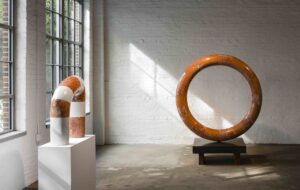
Words Sam Jacob
The unveiling of Thomas Schütte’s sculpture for Trafalgar Square’s Fourth Plinth – Model for a Hotel 2007 – involves a billowing shroud, a giant-sized negligee suspended from a crane wreathing the plinth. It’s a makeshift device for a certain kind of urban striptease – what one might call a construction site strip machine. And after the speeches, the skirt lifts up revealing the body of the naked artwork, which unlike traditional burlesque will remain on its neoclassical stage for another 18 months.
This ephemeral event isn’t art; it’s part of the presentation that garnishes London’s major cultural fixtures. It feeds the media with unusual photographs and outraged vox pops at squandered tax pounds, which all serves the Arts Council by justifying public interest.
And sometimes this brouhaha is necessary. Schütte’s sculpture is, unlike the preceding occupants of the plinth, ambiguous. It is seemingly a model of a proposed hotel, the kind of thing you’d see in a developer’s marketing suite. Constructed from sheets of translucent day-glo glass – like a Will Alsop model – it convincingly describes the form of a corporate design arranged in sub-deconstructivist angularity.
This fake architecture has as little to do with its surroundings as it undoubtedly would if it was the real thing. Thousands of almost identical versions are probably under construction, but this sculpture will never reproduce itself at full scale in the real world. It remains an ambiguous idea.
What is the purpose of such an accurate parody of an architectural project? And why is it occupying a site in Britain’s highest ranking public space, surrounded by the neoclassical pomp of state power and imperial history?
Instead of a victorious general on the plinth, we have an example of global corporatism, one that conjures a particular kind of programme: hotel. While the other Trafalgar Square sculptures talk explicitly about national identity, Schütte’s piece refers to a building typology that is occupied fleetingly by the non-local.
Hotels are a dislocated programme, autonomous zones that possess the placelessness of contemporary tourism, their design increasingly pursuing a cultural vector where the hotel (rather than a place) becomes the destination itself.
Among all of that carved stone – condemned to remain in the same form and place until eventually eroded by acid rain – Schütte’s sculpture is light and ephemeral. It looks like something that could only be around for 18 months. And in this, it responds positively to the Fourth Plinth programme. This was originally established by the Royal Society for the Encouragement of Arts as an attempt to find a permanent solution to the gap in the urban fabric of Trafalgar Square created by a prosaic accident of history (the plinth was built to display an equestrian statue but the money ran out). Instead, it has evolved into a series of possibilities, which is far more appropriate given the changing nature of contemporary public space. Trafalgar Square now functions as a kind of event space, where riots are followed by sporting celebrations, where super-sized puppetry and music festivals play out. Indeed, given the scale and diversity of these events, the Fourth Plinth seems a timid intervention.
Undoubtedly the plinth commissions are a fantastic thing. And their success might well suggest expanding the idea. Why not pack Nelson up in storage and offer up his column to contemporary interpretation? Why not give the lions a rest? Pension off the generals and accept that Trafalgar Square is no longer a site of institutional power but a place of populism. The square could become a high-culture version of Piccadilly Circus that experiments with the role of public space at the heart of London.

